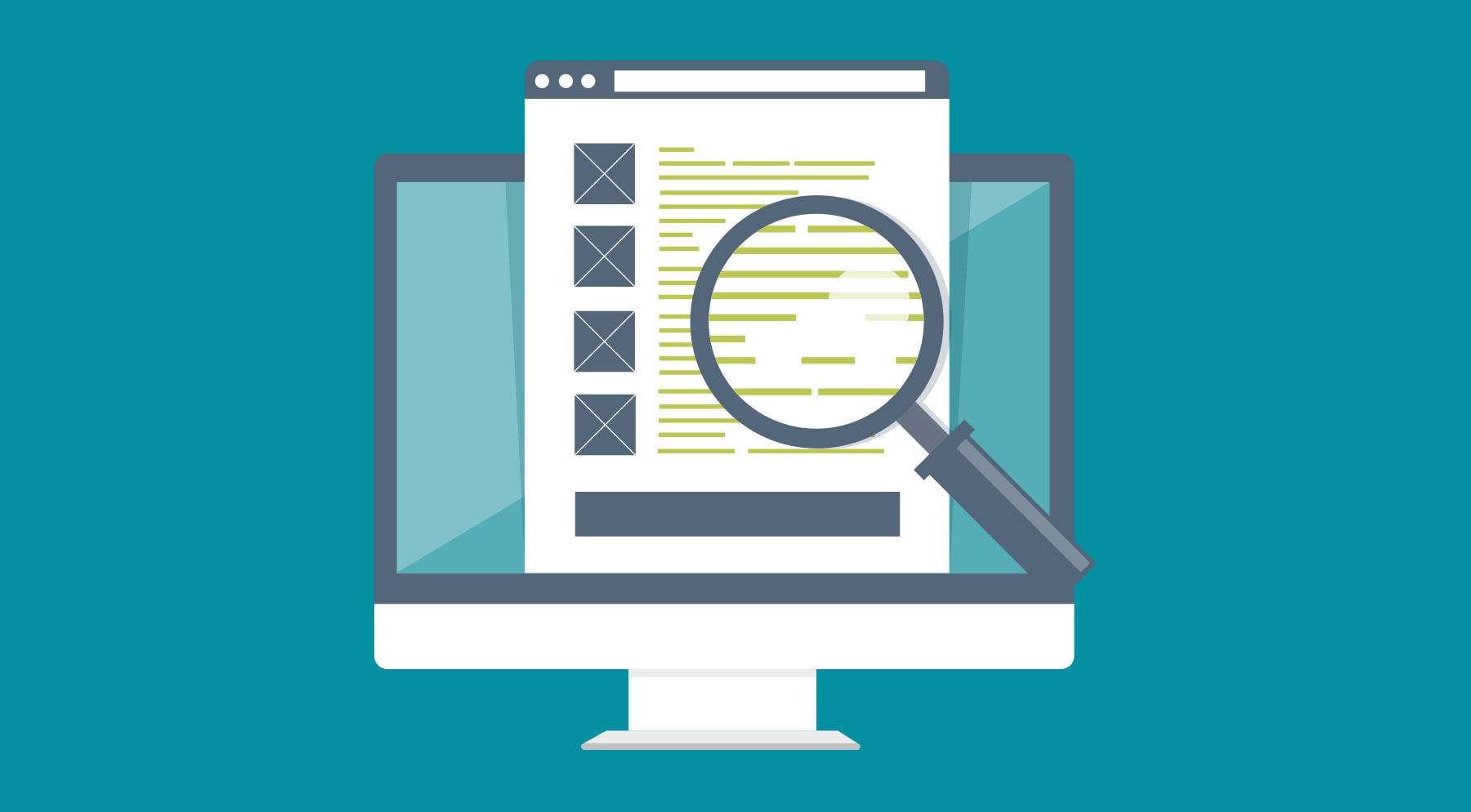The world of pay-per-click (PPC) advertising is evolving faster than ever. Rising competition, stricter privacy regulations, and AI-driven automation mean businesses need to stay sharp to maximise ROI. If you’re searching for PPC marketing strategies that will maximise your performance, you need an approach that’s data-driven, adaptive, and customer-focused.
In this blog, we explore nine of the best pay-per-click strategies that you can leverage to achieve better results.
1. Harness AI for smarter automation and optimisation
AI has transformed PPC strategies from manual campaign management to intelligent, adaptive optimisation. Platforms like Google Ads and Microsoft Advertising now offer machine learning-powered tools like Smart Bidding, Performance Max, and Dynamic Search Ads to streamline decisions in real time.
These tools use algorithms to analyse huge volumes of data faster than humans can, and they can automatically adjust your campaign bids and placements based on likelihood to convert. This results in better efficiency as it frees you up to focus on strategy and creative direction.
However, while automation is powerful, it still needs human oversight. That’s why it’s important to regularly review your search term reports, refine your audience segments, and control ad placements to keep your spends aligned with your goals.
2. Embrace privacy-first targeting with first-party data
With third-party cookies being phased out, your PPC targeting strategy must evolve. Relying on first-party data – such as customer emails, purchase history, and website behaviour – helps you build accurate, privacy-compliant campaigns.
Some best practices for first-party data targeting include:
- Using Customer Match in Google Ads to retarget existing audiences
- Integrating your CRM to create lookalike and similar audiences
- Combining Google Analytics 4 (GA4) insights with campaign reporting for a single source of truth
With first-party data, you can ensure your pay-per-click strategies remain effective even as privacy regulations tighten.
3. Focus on multi-channel PPC marketing strategies
Google Ads remains a powerhouse, but successful PPC marketing strategies now extend beyond search. To truly maximise reach and ROI, you should diversify across multiple platforms, such as:
- Meta Ads (Facebook and Instagram) – ideal for brand awareness and visual storytelling
- LinkedIn Ads – best for B2B lead generation and high-value niches
- TikTok Ads – perfect for targeting Gen-Z audiences and short-form video campaigns
- Amazon Ads – essential for ecommerce businesses competing for product visibility
By running integrated PPC campaigns, you create multiple touchpoints along the buyer journey and reduce reliance on a single channel.
4. Use visual-first creative to drive engagement
Today’s users expect ads to look and feel engaging, not generic. Visual content, video, and interactive formats are becoming critical for modern PPC strategies. Some ways you can enhance your ad creatives include:
- Creating short, vertical videos that are designed for mobile-first users
- Opting for carousel ads to showcase multiple products or features at once
- Using high-quality lifestyle imagery to create emotional connections
- Making use of interactive ads, polls, and augmented reality (AR) filters to increase engagement
Blending creativity with data enables you to boost click-through rates (CTR) and improve conversion performance across campaigns.
5. Leverage keyword clustering and intent-based targeting
The days of relying on a handful of “top keywords” are over. With search intent driving PPC success, keyword strategies must evolve.
One way this can be done is by grouping keywords into clusters based on user intent – whether it’s informational, commercial, or transactional – and building tailored ad copy for each of these clusters to improve the relevance of your ad. You could also combine broad match and smart bidding to let Google’s AI surface unexpected queries while still controlling costs.
By mapping your ads to search intent, you can ensure you’re showing the right message to the right person at the right time.
6. Optimise for voice and visual search
With Google Lens and voice assistants on the rise, PPC strategies need to adapt to changing search behaviour.
For voice search, you should optimise your keywords and ad copy for natural language queries like “where can I buy…” or “best local…”. For visual search, be sure to use high-quality product images and ensure your feeds are optimised for Google Shopping and Pinterest integration.
Brands that embrace these emerging behaviours gain an early-mover advantage and capture audiences competitors are ignoring.
7. Refine landing pages for higher conversions
Clicks are only half the story. Even the best pay-per-click strategies fail if your landing pages aren’t built to convert. The better your landing pages perform, the more efficiently your PPC campaigns deliver ROI.
With that in mind, here are some of our top landing page optimisation tips:
- Keep your messaging consistent between the ad and the page
- Focus of clear, scannable layouts with a single call-to-action (CTA)
- Use social proof such as reviews, testimonials, and trust signals to increase credibility
- Be sure to A/B test headlines, CTAs, and imagery to maximise conversion rates
8. Measure full-funnel metrics, not just clicks
Modern PPC marketing strategies are no longer just about cost-per-clicks (CPC) and CTR. To truly understand performance, you need to measure across the full funnel and this includes:
- Top of Funnel (TOFU) – these are metrics like impressions, reach, and video views
- Middle of Funnel (MOFU) – this includes metrics like engagement rates, time on site, and content downloads
- Bottom of Funnel (BOFU) – these are metrics such as leads, purchases, and lifetime value (LTV)
Platforms like GA4 and attribution modelling tools now give deeper insights into how campaigns drive long-term business growth. This level of analysis allows you to make data-driven decisions on your campaigns to drive maximum ROI.
9. Experiment, test, and scale
The best-performing PPC accounts don’t stand still, they constantly test new ideas, formats, and channels.
For example, you might want to try alternative bidding strategies, like Target ROAS or Max Conversions. Maybe you choose to launch Performance Max alongside traditional Search campaigns. Perhaps you opt to experiment with new placements on TikTok, YouTube Shorts, or Discovery Ads, or you test AI-powered ad copy generation and asset recommendations.
Whatever you choose to do, you should use what works, pause what doesn’t, and scale your budget where you see consistent returns.
Choose us for your PPC management
It’s clear to see the most effective PPC strategies combine automation with human creativity, data-driven targeting with personalisation, and cross-channel campaigns with precise optimisation. Paid search is more competitive than ever, but with the right approach, it remains one of the most powerful drivers of leads and revenue.
At Fifteen, we help brands navigate this complexity with tailored pay-per-click strategies that deliver measurable results. Whether you want to improve ROI, scale your campaigns, or diversify into new channels, we’ll help you create a PPC approach built for long-term growth. Get in touch with us today to see how we can support your PPC management.




